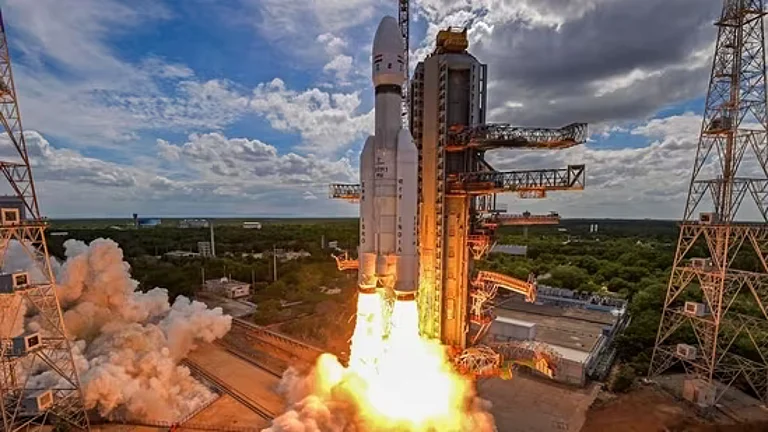The Indian Space Research Organization (ISRO) is gearing up to launch its historic 100th mission on Wednesday, January 29 from the Satish Dhawan Space Centre in Sriharikota. The 27-hour countdown commenced on Tuesday for the launch of a navigation satellite NVS-02 onboard a GSLV-15 rocket.
ISRO's 100th Launch: Countdown Begins For The Jan 29 Launch Of NVS-02 Satellite | Mission's Details Inside
The NVS-02 navigation satellite is a part of the Navigation with Indian Constellation (NavIC) system. Also, this would be the first mission for ISRO Chairman V Narayanan, who assumed office on January 13.
The mission is a part of the Navigation with Indian Constellation (NavIC) system. Also, this would be the first mission for ISRO Chairman V Narayanan, who assumed office on January 13.
"The 27.30 hour countdown commenced at 02.53 am on Tuesday", sources told PTI.
About the mission
The GSLV-15
The mission to be launched by the 50.9 metre tall GSLV-F15 is set to come after the successful launch of the GSLV-F12 mission which carried the navigation satellite NVS-01, the first of the second generation satellites on May 29, 2023.
As the name suggests, the NVS-02 is the second navigation satellite to be launched in the series of the Navigation with Indian Constellation (NavIC).
About NavIC
The Navigation with Indian Constellation (NavIC) is known as India's independent regional navigation satellite system designed to provide an accurate Position, Velocity and Timing (PVT) service to users in India as well as to regions extending about 1500 km beyond Indian land mass.
The NavIC repertoire comprises five second-generation satellites including NVS-01/02/03/04/05.
About navigation satellite NVS-02
The NVS-02 second-generation satellite is expected to help improve NavIC's services that are deployed for navigation, precision agriculture, emergency services, fleet management, and even mobile device location services.
It has been reported that the satellite is programmed to be placed in a Geosynchronous Transfer Orbit (GTO) that has a highly elliptical orbit with a perigee (nearest distance from Earth) of approximately 200 kilometres and an apogee (furthest distance from Earth) of around 36,000 kilometres.
The GTO enables satellites to be placed in geostationary orbits, where they remain stationary relative to the surface of the Earth. That is important for communication and weather satellites that need to track specific regions continuously.
